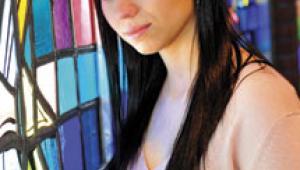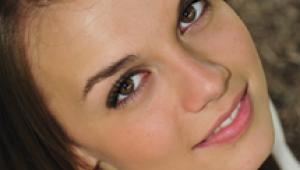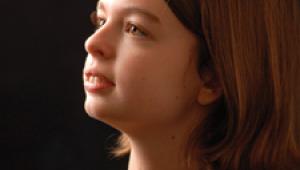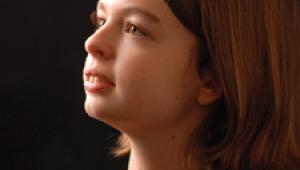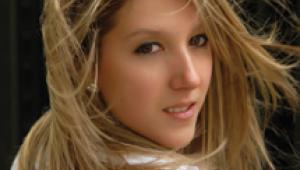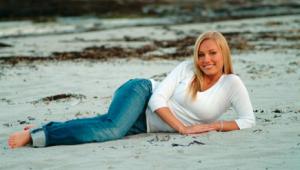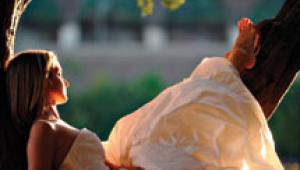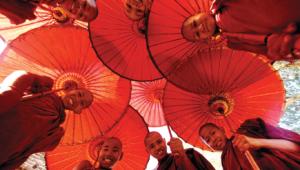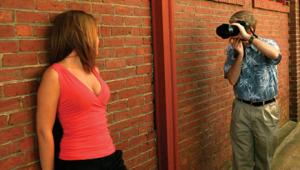Wedding And Portraiture
Simple Steps To Elegant Portraiture
| If you take a close look
at all of the photographs in this article all you will see is one light
pattern. That's it! No Rembrandt lighting. No broad lighting. No
split-lighting. No sidelighting, or backlighting. Just one light pattern! Basic Pose Profile
To The Right Basic Pose Full Face
To The Left Basic Pose, 2/3 View
Of The Face To The Left Profile To The Left The Feminine Pose See the back issue June 2001 Shutterbug for images. |
